There was once a time when your average Highway Patrolman anywhere in the U.S. carried a six shooter, but not just any six shooter. Oh no, they carried six-inch blasters chambered in the mythical cartridge known as the .357 Magnum.
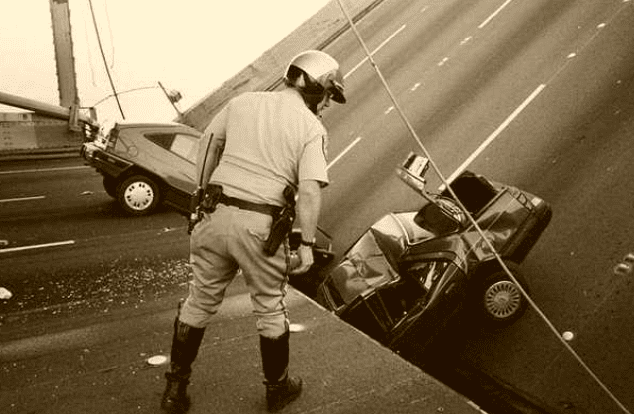
Yes boys and girls, there was once a time when the cops tasked with patrolling our highways and byways carried six-inch tubes on their hips in basketweave leather and carried their spare ammo in dump pouches.

Why? Because when you’re limited to six rounds and dealing with heavy car bodies or windshields, you needed the most velocity you could squeeze out of the .357 Magnum.
Now, everyone who didn’t grow up around cops from the era think that back then, agencies issued guns like the Colt Python in mass. In fact, though the Python was issued to some agencies like the Georgia State Patrol, it was quite rare among law enforcement.

The Colt Python was an expensive gun. Back then, just as today, the bean counters ruled what usually went into a cop’s holster. When you only have so much money to spend on a duty gun, cost does become a factor. The majority of cops then carried something a little more budget-friendly.
Guns like the Ruger Security Six, S&W Model 19, and the Colt Trooper MK III.
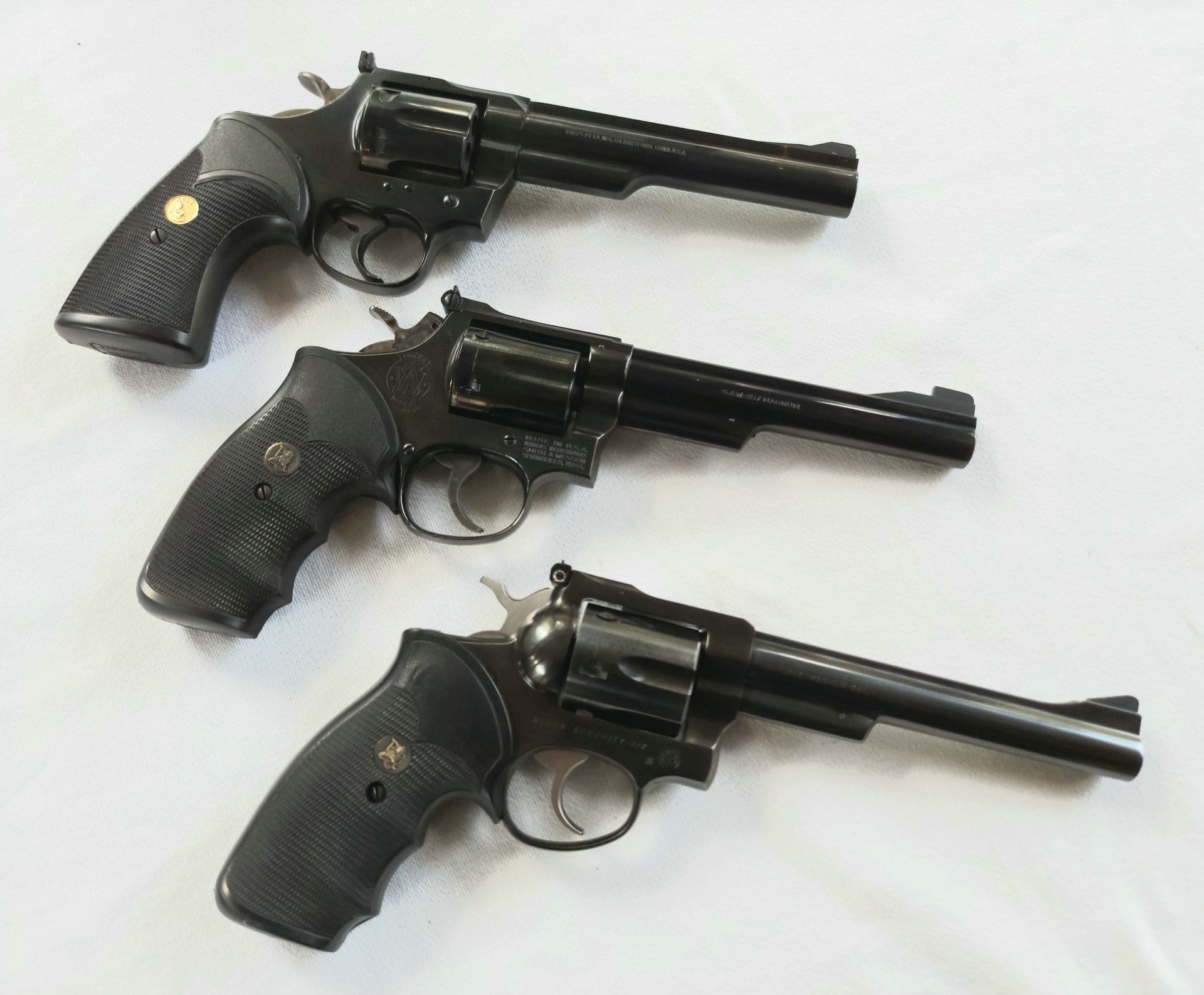
Just to give you an idea on prices: $1.00 in 1978 had the buying power of $4.20 today. Why even mention this? Because back then, a Ruger Security Six cost $121.00 ($508.06), a S&W Model 19 cost $141.00 ($592.04), and a Colt Trooper MK III cost $161.00 ($676.20). A Colt Python, meanwhile, cost around $349.00 ($1,329.26).
That all adds up when you’re trying to equip a department, or as a private purchase, you’re trying to get the best bang for your buck.
In those years, these were the common guns you’d see a budget-conscious cop carrying. Quality and value all rolled into one. Again, anyone worth their salt back then ditched wood and went with Pachmayrs. While wood is pretty, wood is also slippery. Rubber grips reduce felt recoil and add texture for better grip.
The Colt Trooper MK III started life in 1969. Colt after WWII had the Python and original Trooper line in production. But the Trooper was becoming an expensive gun to produce. Colt, concerned their decline in the market was due to the rising costs of labor and manufacturing processes, created an entirely new product line of revolvers dubbed the MK III series
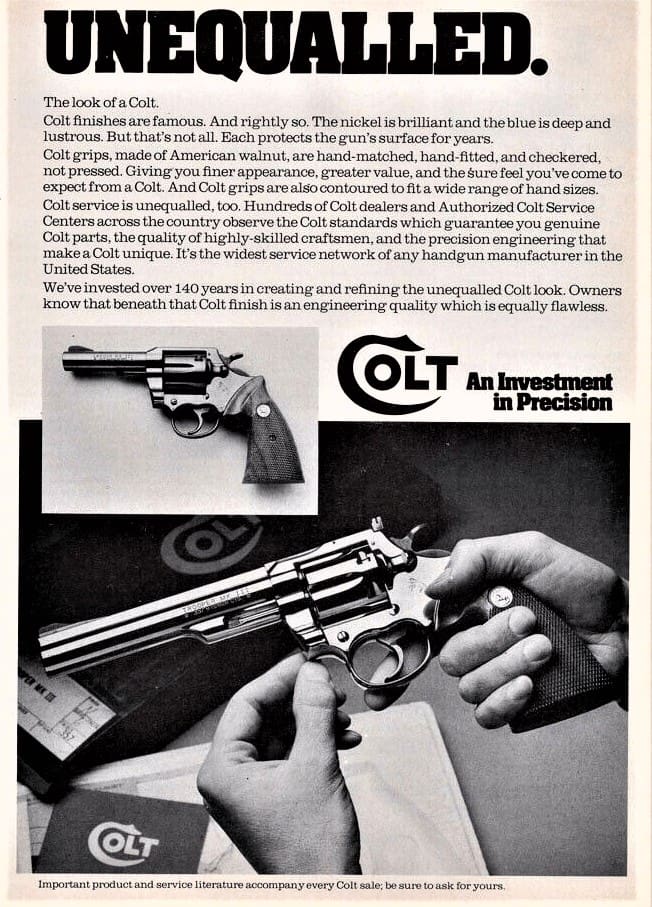
It was Colt’s first new major design since the beginning of the 20th century. The MK IIIs introduced the J-Frame (not to be confused with S&W’s J-Frame size) and had no parts interchangeability with the older guns.
The Trooper MK III has a transfer-bar safety in the lockwork and the springs used in the Mark III internals were also an improvement. Gone were the older flat style as found in the Python. They were replaced with corrosion-resistant stainless steel coiled springs.
S&W had their tried and true K-Frame Model 19 Combat Magnum. A gun designed by legendary lawman and gunfighter, Bill Jordan. The Model 19 was the ever classic .38 Special-only Model 15 Combat Masterpiece, strengthened for the .357 Magnum and released in 1957. It was an instant hit.
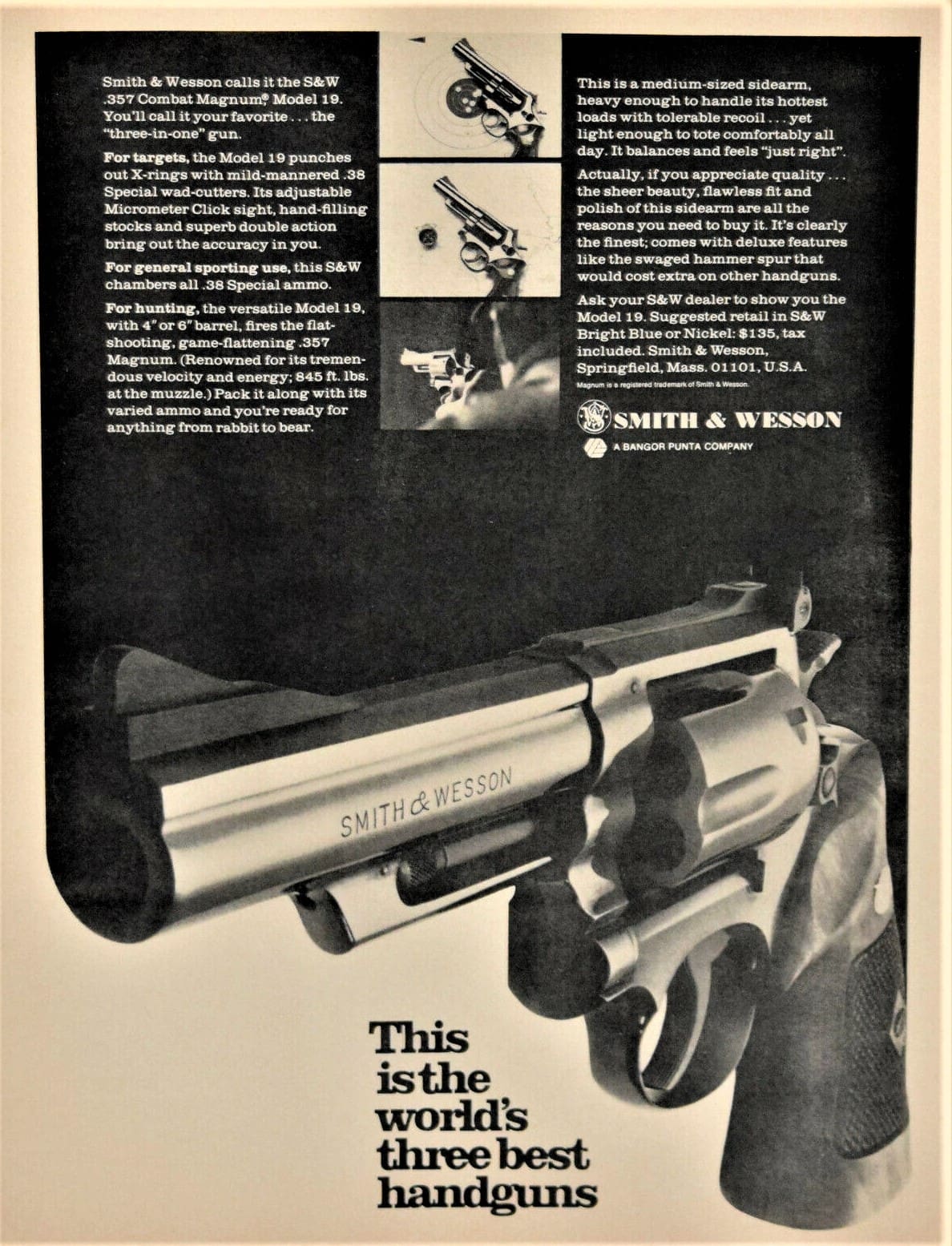
As time marched forward, the Model 19 started to take away the market that was once held by the original Colt Trooper. Hence why the Prancing Pony designed the MK III line to compete against Big Blue.
Just to give you an idea, by the late 1970s of every ten guns sold to a police department Colt sold one and S&W sold nine. It was that much of a hit. Agencies across the country issued it and cops and civilians alike private-purchased them.
But Ruger, seeing how the market was, saw an opportunity. Starting in 1972, Ruger introduced the Security Six to the law enforcement market. A company known for making quality firearms at an very affordable price, the Security Six was Ruger’s attempt to do what S&W did to Colt. A quality gun at an competitive price.

The Security Six was everything that the Model 19 was, but for a cheaper price and it was stronger, too, like the mythical Phoenix itself.
The S&W Model 19 had one fatal flaw. When the gun was designed, the standard practice was qualify and train with lower pressure .38 Special and carry .357 Magnum on duty. Why? Because if you fired a steady diet of higher pressure .357 Magnum, the forcing cone could develop a crack and render the gun useless until the barrel was replaced.
The Security Six was an engineering marvel. No side plate, no tools needed to a complete breakdown for cleaning except for removing grips. The gun was solid and stout. It ate .357 Magnum loads all day every day without a problem and begged for more.
Plus, it was extremely affordable due to the investment casting methods Ruger used in their manufacturing.

All three guns have medium contour barrels and fixed front sights.

The rear sights are all adjustable for windage and elevation. The S&W has a fully serrated top strap and barrel to reduce glare. The top strap on the Ruger is polished and only the barrel has serrations to reduce glare. The Colt is bead blasted from start to finish for reduced glare.

The cylinder release latches all operate differently. Ruger is a button that you push in, S&W is operated by pushing forward, and Colt works by pulling backwards.
In the accuracy department, all three guns are great for self defense and handle like a dream. I shot six rounds of Armscor 125gr .38 Special FMJ in each at 25 yards from the bench.
Let’s see the results.
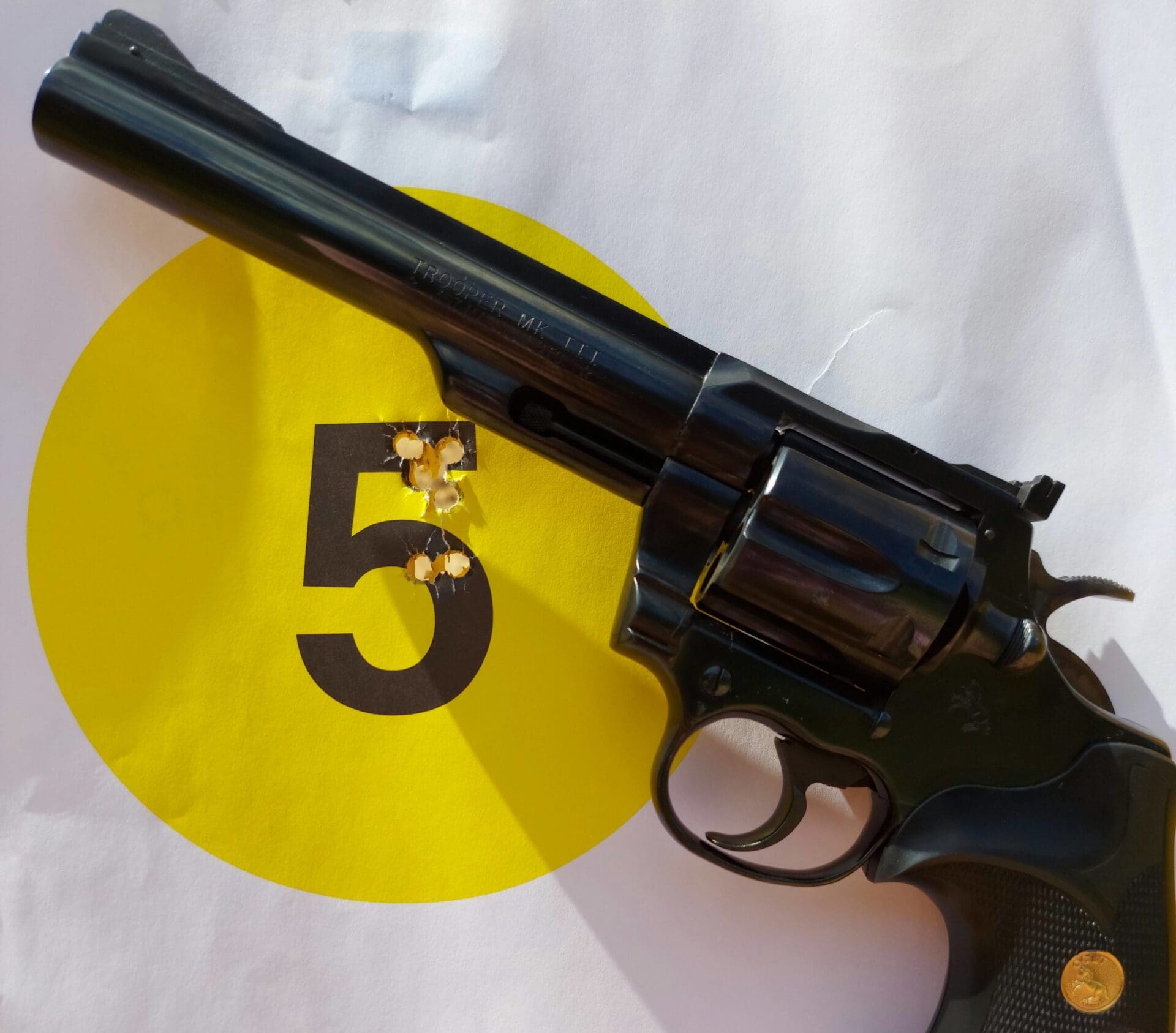


As you can see, all three are great shooters with the S&W being the best among the group in terms of accuracy. Trigger wise, the Colt was the smoothest with the Ruger being the roughest. But the trigger on the Ruger is not bad. Not by any means. It is still better than any slicked up striker fired handgun that’s out there today.
If I were to select only one gun to carry on duty, it’d be a toss up between the Colt and the Ruger. The Ruger beats the other two in cost and toughness. But the Colt just has the slick royal blue finish and such a amazing trigger. The S&W is a fine gun and I have my fair share of them. But for duty use, I’m really torn between the Colt and Ruger with a tiny edge going towards the Ruger.
All three guns shown were made in 1978 and they’re all great examples of guns from yesteryear. Back when the craftsmen making them took pride in their work and hand fitting and polishing of parts were common. A quality that will never return to a standard production revolver today for such a great, affordable price.

Ruger ceased making the Security Six in 1988 with the release of the GP100. Bill Ruger stated that due to market forces and costs, they never made a great profit on the Security Six due to the machining required to make the guns. The GP100, while stronger, was also cheaper to produce.
Colt stopped making the MK III line in 1983 due to costs. The MK V line replaced it as an ever cheaper design and that line ended production in the 1990s.
S&W ceased production of the K-Frame .357 Magnum in the mid 2000s but recently brought them back. But they’re a shadow of their former selves with the Classic Line. MIM parts, two piece barrels, frame mounted firing pins, and the lawyer lock.
These guns are really awesome time capsules from an era when lower cost was still being matched with quality. So don’t let these guns pass you by, especially the six-inch models.
They’re a hoot to shoot. But be forewarned, prices on originals like these are only going up.
Luis Valdes is the Florida Director for Gun Owners of America.








